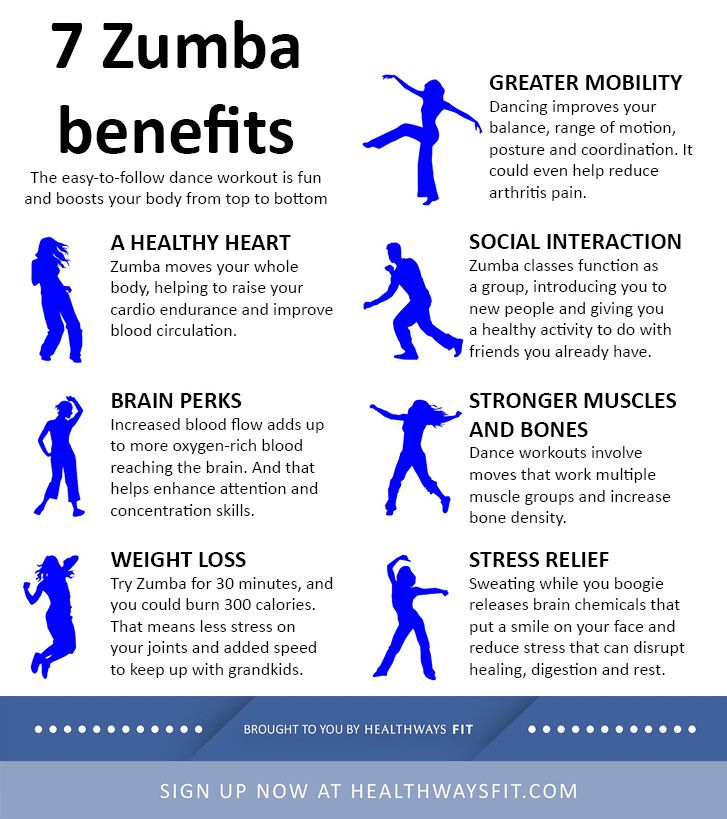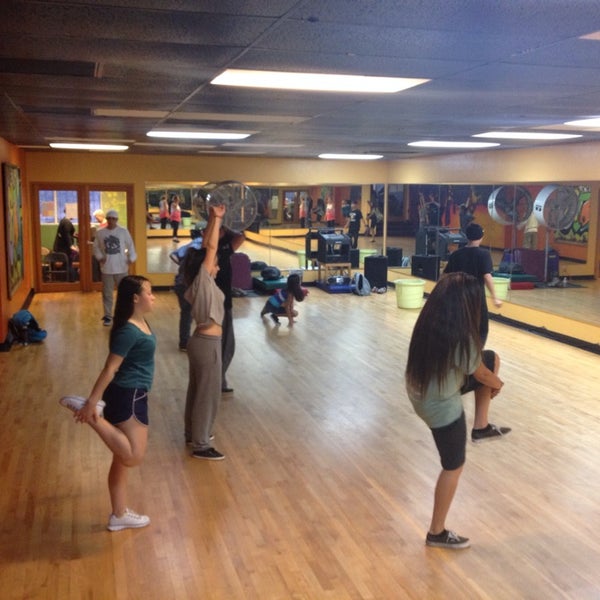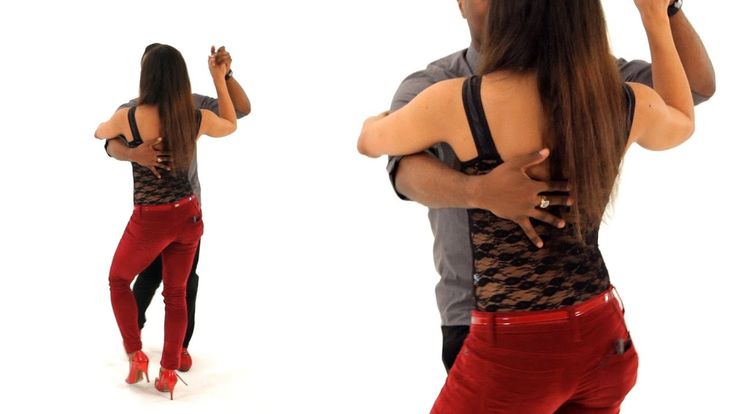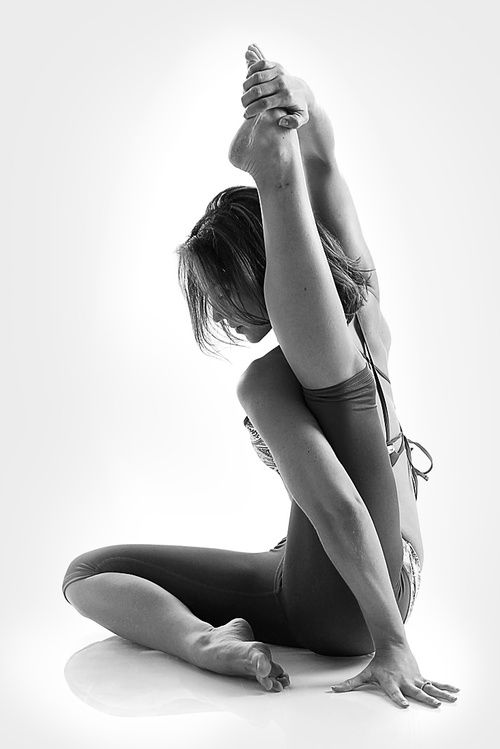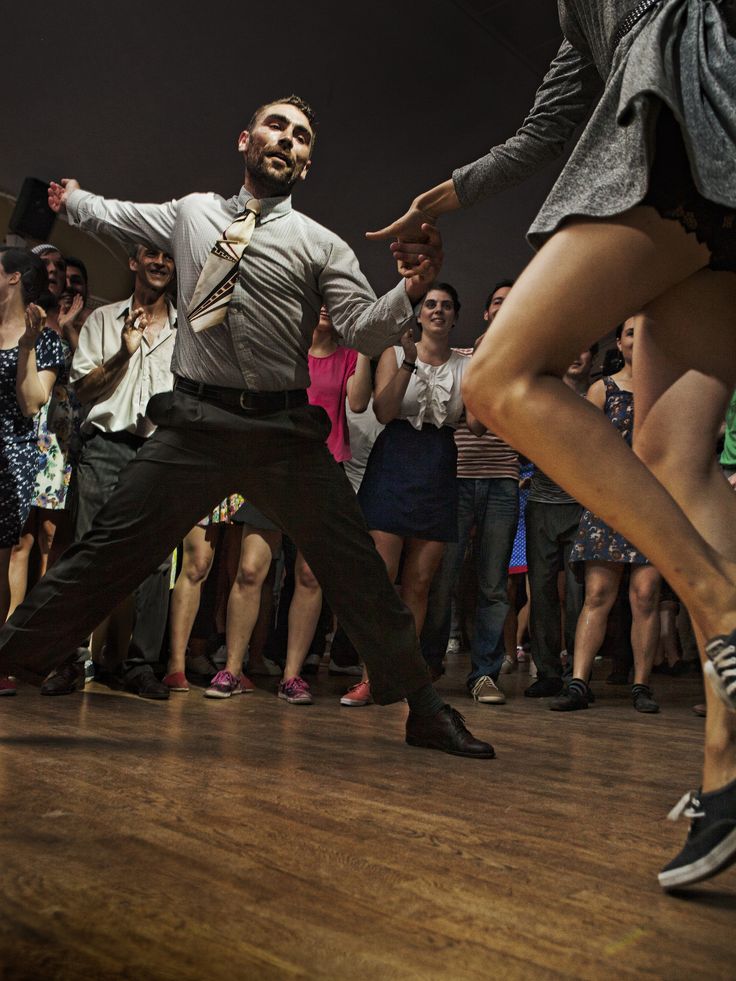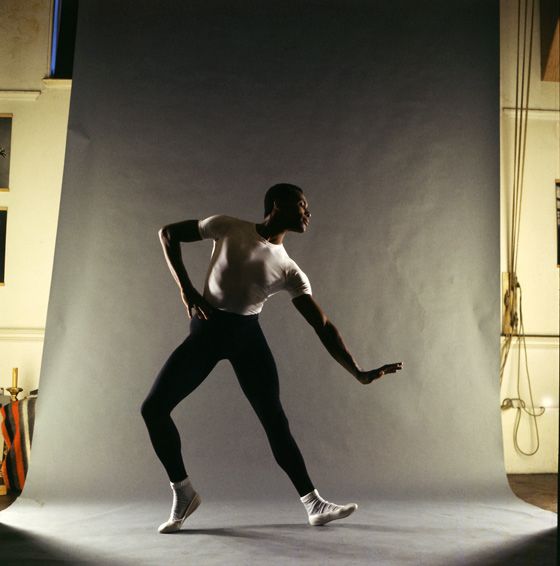How to dance for exercise
Ballroom, Hip Hop, Latin, and More
Written by Jodi Helmer
In this Article
- How It Works
- Intensity Level: Medium
- Areas It Targets
- Type
- What Else Should I Know?
- What Physical Therapist Ross Brakeville Says:
How It Works
Get ready to hit the dance floor! Dancing is a whole-body workout that's actually fun.
It's good for your heart, it makes you stronger, and it can help with balance and coordination.
A 30-minute dance class burns between 130 and 250 calories, about the same as jogging.
Sign up for a class. Your teacher will lead you through a series of choreographed steps. The focus might be on the footwork, but the series of leaps, turns, shimmies, and cha-chas engage the entire body.
There are lots of options. With dance-inspired workouts ranging from ballroom and ballet to hip hop and club dance classes, you’ll never be bored!
Intensity Level: Medium
The intensity depends on the type of dance you choose. Fast-moving dance styles like hip hop and salsa are more intense than slower dances like the tango or waltz. All of them will use your whole body and will challenge your brain as you learn the choreography and form.
Areas It Targets
Core: Yes. Depending on the type of dance you choose, some of the steps/moves will engage the core muscles.
Arms: Yes. Although most dances focus on your lower body, you're also using your arms.
Legs: Yes. The choreography will have you doing moves that work your lower body, including your quads and hamstrings.
Glutes: Yes. Hip hop dancing and ballet include moves that engage the glutes.
Back: Yes. Dance uses your core muscles, including those in your back.
Type
Flexibility: Yes. Most dance-inspired workouts include moves that improve flexibility.
Aerobic: Yes. Dancing raises your heart rate. The more up-tempo the dance style, the better it is for your heart.
Strength: Yes. You won't be lifting weights, but your body weight counts, helping to build muscle strength.
Sport: No. You can enter dance competitions, but dance can be purely social or artistic.
Low-Impact: Yes. Dancing can be a high-or low-impact workout depending on the style of dancing.
What Else Should I Know?
Cost: Free if you already know how, or the cost of classes if you want lessons at a studio.
Good for beginners? Yes. There are dance classes aimed at beginners. If you're just starting out, give yourself time to learn the moves. It doesn't happen overnight, but it will happen eventually!
Outdoors: No. Most dance classes are taught in studios.
At home: Yes. You can dance anywhere.
Equipment required? It depends. Some classes will require specific shoes; for others (like hip hop) all you need are sneakers.
What Physical Therapist Ross Brakeville Says:
Depending on the style, you can improve your heart health, joint mobility, strength, balance/coordination, and an overall sense of well-being, making dance good for most everyone.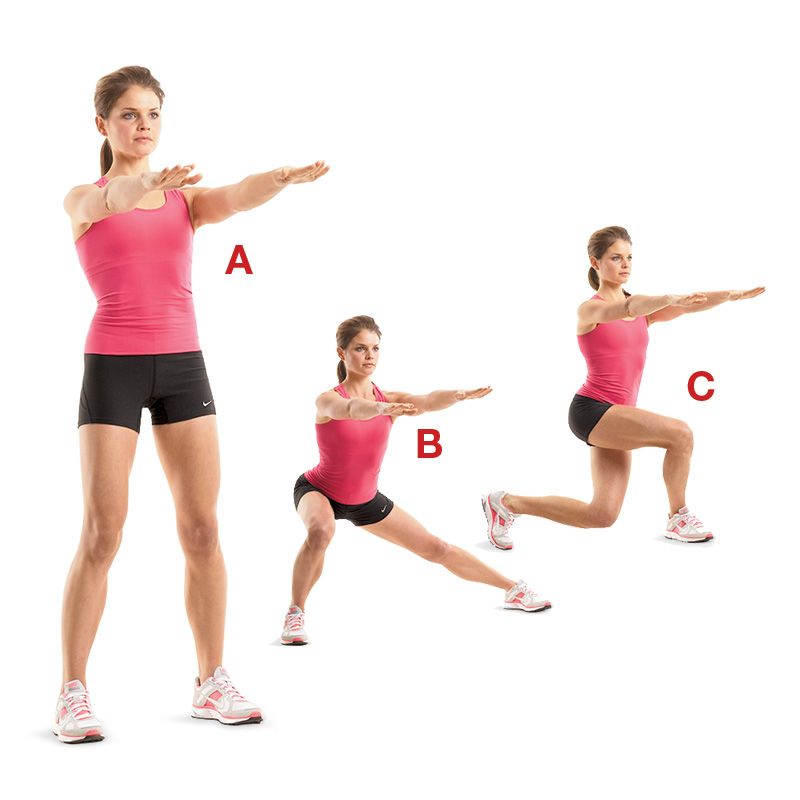 If you can't afford classes, try a dance workout DVD or follow an online video at home.
If you can't afford classes, try a dance workout DVD or follow an online video at home.
If you have a medical condition such as diabetes or high blood pressure, take note of how you feel before, during, and after dancing. If you're not feeling right or it takes more than a few minutes to get back to "normal," check with your doctor before continuing.
Is It Good for Me If I Have a Health Condition?
Dancing is a fantastic activity if you have medical conditions such as heart disease, high cholesterol, or diabetes.
Dancing more intensely, for a longer time, is more of a workout for your heart. You can choose the dance style and intensity level that meets your needs. Your doctor can let you know what's OK.
If you have an injury, let it heal before you start dancing. If you have other physical limitations, you may have more options than you think. Integrated, or inclusive dance, introduced in the 1960s, is for people with physical and mental limitations.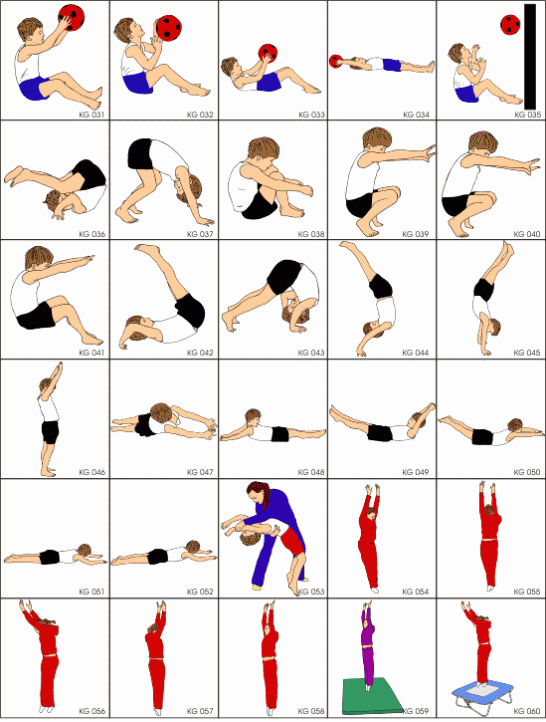 There are dance companies that include dancers in wheelchairs, for instance.
There are dance companies that include dancers in wheelchairs, for instance.
Dancing is a great way to keep fit during pregnancy, especially if you were a dancer before getting pregnant. Be careful with your balance during the second and third trimester, when pregnancy can add stress to your back. Ask your doctor about doing pelvic floor exercises like Kegels and core activities to improve your abs, low back, and hip strength as a complement to your dance training.
© 2022 WebMD, LLC. All rights reserved. View privacy policy and trust infoBallroom, Hip Hop, Latin, and More
Written by Jodi Helmer
In this Article
- How It Works
- Intensity Level: Medium
- Areas It Targets
- Type
- What Else Should I Know?
- What Physical Therapist Ross Brakeville Says:
How It Works
Get ready to hit the dance floor! Dancing is a whole-body workout that's actually fun.
It's good for your heart, it makes you stronger, and it can help with balance and coordination.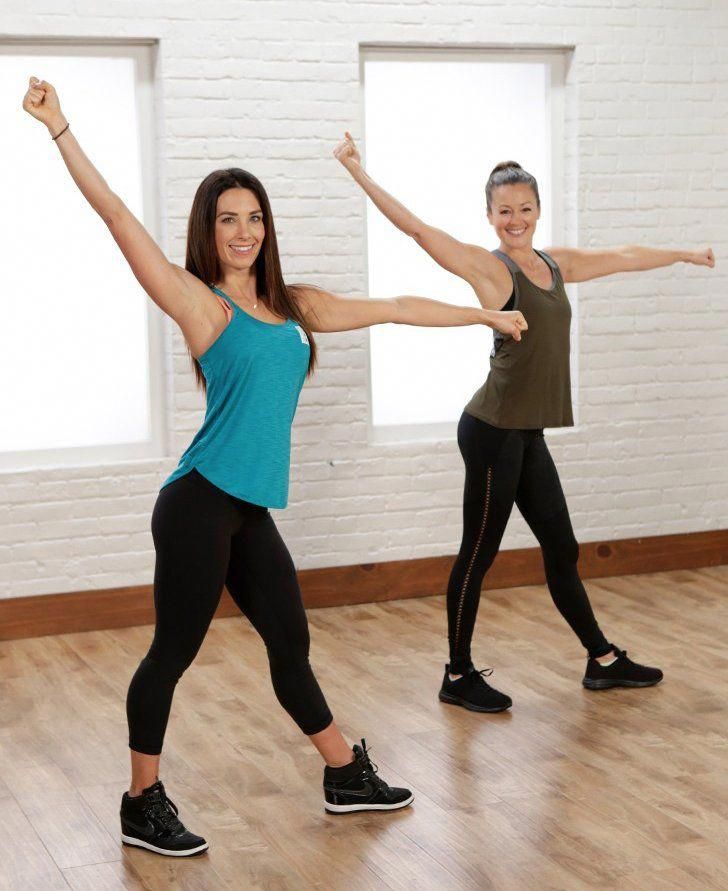
A 30-minute dance class burns between 130 and 250 calories, about the same as jogging.
Sign up for a class. Your teacher will lead you through a series of choreographed steps. The focus might be on the footwork, but the series of leaps, turns, shimmies, and cha-chas engage the entire body.
There are lots of options. With dance-inspired workouts ranging from ballroom and ballet to hip hop and club dance classes, you’ll never be bored!
Intensity Level: Medium
The intensity depends on the type of dance you choose. Fast-moving dance styles like hip hop and salsa are more intense than slower dances like the tango or waltz. All of them will use your whole body and will challenge your brain as you learn the choreography and form.
Areas It Targets
Core: Yes. Depending on the type of dance you choose, some of the steps/moves will engage the core muscles.
Arms: Yes. Although most dances focus on your lower body, you're also using your arms.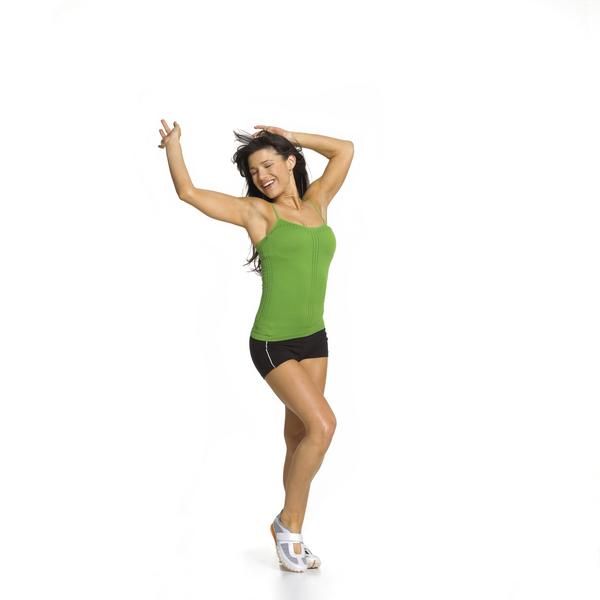
Legs: Yes. The choreography will have you doing moves that work your lower body, including your quads and hamstrings.
Glutes: Yes. Hip hop dancing and ballet include moves that engage the glutes.
Back: Yes. Dance uses your core muscles, including those in your back.
Type
Flexibility: Yes. Most dance-inspired workouts include moves that improve flexibility.
Aerobic: Yes. Dancing raises your heart rate. The more up-tempo the dance style, the better it is for your heart.
Strength: Yes. You won't be lifting weights, but your body weight counts, helping to build muscle strength.
Sport: No. You can enter dance competitions, but dance can be purely social or artistic.
Low-Impact: Yes. Dancing can be a high-or low-impact workout depending on the style of dancing.
What Else Should I Know?
Cost: Free if you already know how, or the cost of classes if you want lessons at a studio.
Good for beginners? Yes. There are dance classes aimed at beginners. If you're just starting out, give yourself time to learn the moves. It doesn't happen overnight, but it will happen eventually!
Outdoors: No. Most dance classes are taught in studios.
At home: Yes. You can dance anywhere.
Equipment required? It depends. Some classes will require specific shoes; for others (like hip hop) all you need are sneakers.
What Physical Therapist Ross Brakeville Says:
Depending on the style, you can improve your heart health, joint mobility, strength, balance/coordination, and an overall sense of well-being, making dance good for most everyone. If you can't afford classes, try a dance workout DVD or follow an online video at home.
If you have a medical condition such as diabetes or high blood pressure, take note of how you feel before, during, and after dancing. If you're not feeling right or it takes more than a few minutes to get back to "normal," check with your doctor before continuing.
Is It Good for Me If I Have a Health Condition?
Dancing is a fantastic activity if you have medical conditions such as heart disease, high cholesterol, or diabetes.
Dancing more intensely, for a longer time, is more of a workout for your heart. You can choose the dance style and intensity level that meets your needs. Your doctor can let you know what's OK.
If you have an injury, let it heal before you start dancing. If you have other physical limitations, you may have more options than you think. Integrated, or inclusive dance, introduced in the 1960s, is for people with physical and mental limitations. There are dance companies that include dancers in wheelchairs, for instance.
Dancing is a great way to keep fit during pregnancy, especially if you were a dancer before getting pregnant. Be careful with your balance during the second and third trimester, when pregnancy can add stress to your back. Ask your doctor about doing pelvic floor exercises like Kegels and core activities to improve your abs, low back, and hip strength as a complement to your dance training.
Dance workouts for weight loss: TOP 10 best
Dancing is one of the most effective ways to lose weight, which helps burn calories, strengthen muscles, tone the body. In addition, dancing gives a positive charge of emotions, cheers up, increases self-esteem and self-confidence. While dancing, you can easily maintain training discipline and motivation. After all, this is not just a routine sport, it is a pleasure!
Absolutely all types of dance promote weight loss and help to lose weight if they are practiced regularly: be it zumba, belly dancing, dance aerobics, modern dance, twerk or pole dancing. If you love to dance and want to lose weight, then you are in luck. Dancing is the perfect strategy for losing weight and improving your figure.
Read also about other types of training:
- Pilates: effectiveness benefits + exercises from Pilates
- Body-ballet: effectiveness for weight loss + exercises and videos.
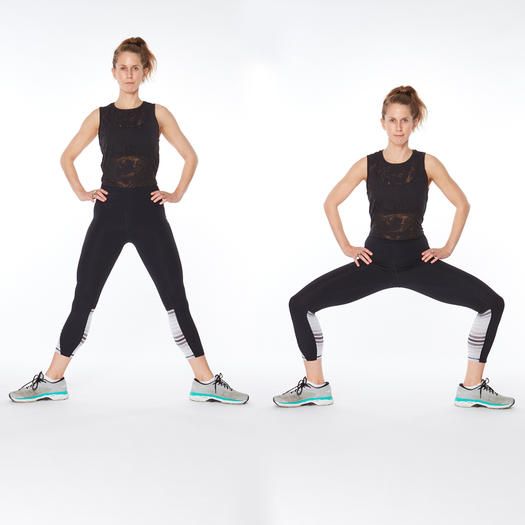
- Functional training: features and exercises
- CrossFit: benefits and harms + training scheme
Dance training: how to practice
Before moving on to an overview of the most popular dance styles, let's first note the main benefits of regular dance classes. What are the benefits and features of dance training?
Benefits of dance training
- Dancing is an aerobic exercise that raises your heart rate and burns calories to help you lose weight. Depending on the intensity of the class, half an hour of dancing can burn from 200 to 400 calories. This daily calorie loss is sufficient for gradual weight loss, especially when combined with a balanced diet.
- Dancing strengthens the entire muscular system of your body. Every time you practice dance steps and movements, you are engaging a large number of muscle groups at the same time. Repetitive repetition of movements in a dance class or in training is an excellent factor for muscle development.
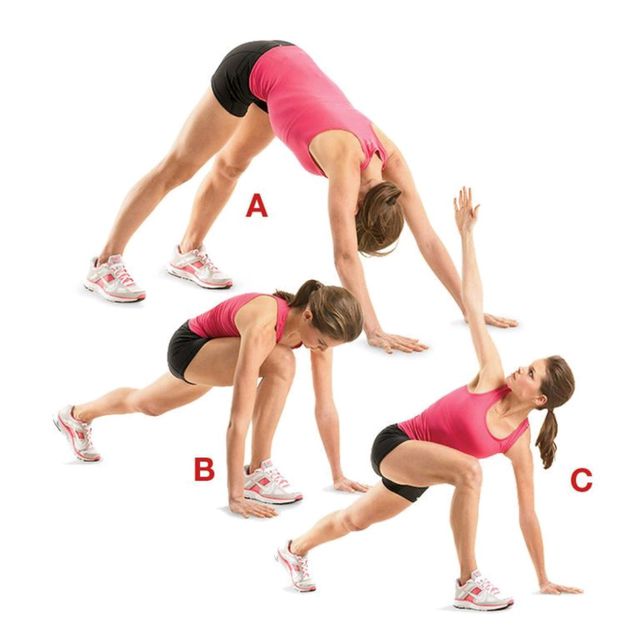 And a strong muscular body is not only aesthetically beautiful, but also useful in terms of fat burning (muscle tissue burns several times more calories than fat).
And a strong muscular body is not only aesthetically beautiful, but also useful in terms of fat burning (muscle tissue burns several times more calories than fat). - Dance training is a fun and creative activity. If you love dancing, then you will not get tired of the training routine, as is often the case after repeated repetitions of the same strength or cardio exercises. Thanks to dancing, you will be able to maintain sports motivation for a long time.
- Dancing helps fight stress. Firstly, rhythmic movements to pleasant music a priori cheer you up, so after the dance class you will definitely leave in a great mood. Secondly, like any physical activity, dancing contributes to the production of endorphins - the hormones of pleasure and happiness.
- Dancing helps to improve self-esteem. On the one hand, you will be proud of your success and development in the dance field. On the other hand, good control of one's own body allows one to find harmony in the soul, to feel satisfaction and comfort.
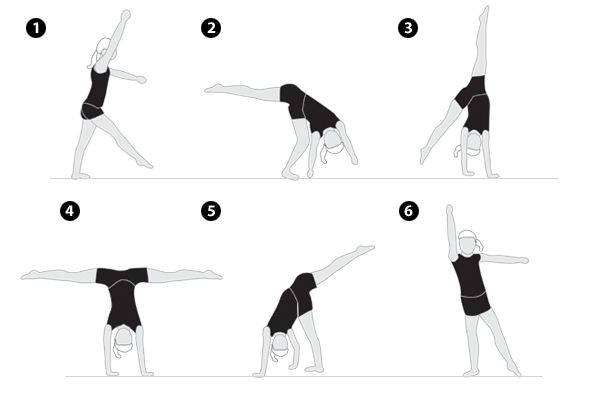
- Dancing improves posture. It's no secret that a straight posture is not only one of the important parameters of a beautiful appearance, but also the health of the spine. Regular dance training will relieve you of back and lower back pain, as well as minimize the harm from a sedentary lifestyle.
- Dancing develops grace, movement and coordination. Step by step you will learn new choreography, synchronize movements with music, work on softness and smoothness of lines. This is an amazing way to liberate the body and forget about internal barriers.
Of course, the benefits of dancing largely depend on the choice of a specific dance style. For example, there are certain types that are especially effective for losing weight (Zumba, Latin dances, dance aerobics), for developing muscles and improving posture (ballet training, modern), for strengthening leg muscles (step aerobics, Irish step), etc.
10 Basic Rules for Dance Classes
Here are some general rules regarding dance training and its effectiveness for weight loss.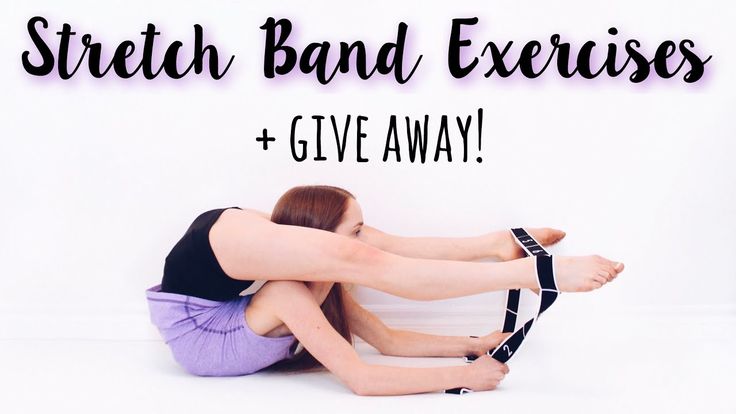 If you have already chosen a specific type of dance, we recommend that you also read additional information about the features of this direction or consult with your trainer (choreographer).
If you have already chosen a specific type of dance, we recommend that you also read additional information about the features of this direction or consult with your trainer (choreographer).
- Be sure to do a short warm-up before your dance workout to prepare your muscles, joints and ligaments for class.
- Don't forget the comfortable practice shoes that are right for your dance class. If dancing involves jumping and impact loads, then train in sports shoes. Check out our TOP 20 women's fitness shoes.
- Do not eat at least one hour before class to ensure your comfort. If you are planning a full meal before a dance workout, then at least 1.5 hours must pass before class for normal absorption of food.
- To maintain muscle 30-40 minutes after training, you need to eat a small portion of protein with carbohydrates (for example, cottage cheese with apple, whey protein in milk, vegetables with chicken breast). Another option, which is considered more preferable for losing weight, is not to eat for two hours after a workout.
 But such a long period without food is not always comfortable, so focus on your body.
But such a long period without food is not always comfortable, so focus on your body. - Drink a glass of water 20 minutes before your dance workout. Drink in small sips every 10 minutes of class. After training, drink another glass of water to restore water balance.
- If you want to lose weight, then you should try to adhere to the principles of proper nutrition throughout the day, following the simple rule of energy balance: consume fewer calories than the body burns.
- You can do dance training at any time convenient for you, both in the morning and in the evening. The only recommendation, if you practice intense dance loads in the afternoon, it is better to perform them at least 3 hours before bedtime, so as not to provoke insomnia.
- Despite the fact that dance training is a rather gentle type of exercise, it is not suitable for everyone. For example, chronic diseases, problems with the spine and joints, diseases of the cardiovascular system, hypertension, pregnancy can become an obstacle to exercise.
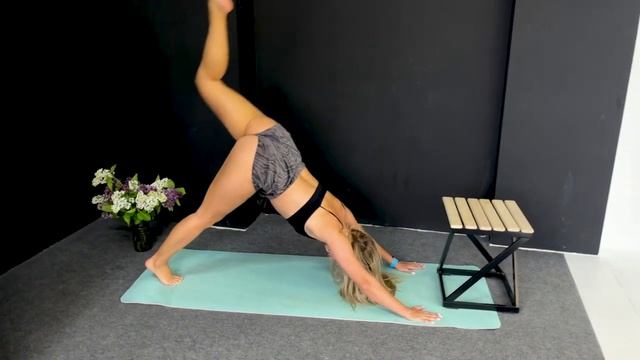 Be sure to consult your doctor if you have any doubts about contraindications to exercise.
Be sure to consult your doctor if you have any doubts about contraindications to exercise. - Dance training can also be done at home. However, if you want to not only lose weight, but also really learn how to dance, then it is better to contact a professional studio for group or private training.
- If you are in doubt about which dance direction to choose, be sure to go to a trial lesson. Sometimes the impressions from watching a dance on the screen and directly from participating in it are completely opposite.
Popular types of dance workouts
There are a lot of dance workouts for weight loss, so you can choose the direction that suits you. We have selected 10 top dance workouts for weight loss that are popular both in terms of choice of practitioners and in terms of fitness club offers.
1. Zumba
Zumba is one of the most popular dance styles of recent years. Zumba is a mixture of famous Latin American dances: merengue, samba, reggaeton, cumbia and salsa.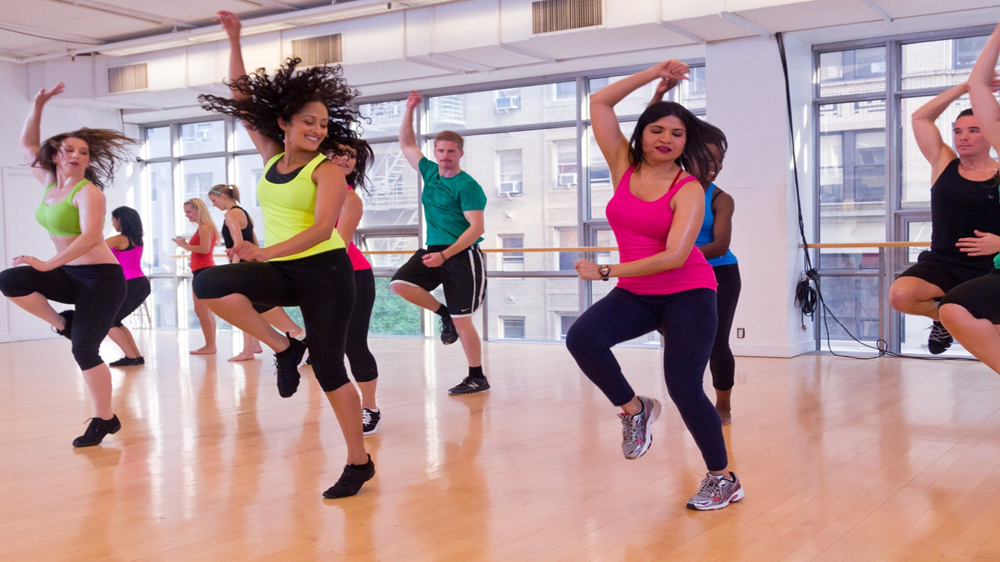 In the late 90s, the Colombian dancer Alberto Perez developed this sport and dance direction, which instantly became popular all over the world. Today, Zumba is practiced in almost all countries of the world, and this wild success is very easy to explain.
In the late 90s, the Colombian dancer Alberto Perez developed this sport and dance direction, which instantly became popular all over the world. Today, Zumba is practiced in almost all countries of the world, and this wild success is very easy to explain.
First, Zumba involves simple movements that even a beginner can repeat. Secondly, training sessions are accompanied by cheerful South American music, which uplifts the mood and gives a positive emotional charge for the whole day. Thirdly, Zumba classes are an effective cardio load that helps burn fat and get rid of excess weight.
If you want to practice Zumba under the guidance of professional trainers, we recommend you the GallaDance dance club, where you will find comfortable conditions for classes and a high level of service: https://www.galladance.com/directions/grown-up/dance-fitness /zumba/
2. Belly dancing
Belly dancing (oriental dance) combines traditional elements of the Middle East and North Africa, but the popularity of this direction has gone far beyond the boundaries of their places of origin. Probably everyone is familiar with these soft and smooth movements of the stomach and hips, which form perhaps the most attractive dance in the world. Oriental dancing is a great cardio workout option for burning calories and toning your mid-body muscles.
Probably everyone is familiar with these soft and smooth movements of the stomach and hips, which form perhaps the most attractive dance in the world. Oriental dancing is a great cardio workout option for burning calories and toning your mid-body muscles.
Why is belly dancing so popular with girls? Firstly, such dance workouts help to work on the most problematic "female" areas: abdomen, waist, buttocks and hips. This is especially true for women after childbirth. Secondly, belly dancing develops attractiveness and grace. Thirdly, these are unstressed workouts that do not put stress on the joints.
3. Ballet training
Another extremely popular direction among dance training is classes based on ballet exercises (body ballet). Such training includes the most popular movements from ballet: demi-plié and grand-plié, forward and backward batmans, various exercises on half-fingers, exercises on the floor. Of course, ballet training is not pure ballet, but an adapted set of exercises for the formation of a beautiful body.
What are the benefits of body ballet? Firstly, ballet exercises at the barre help to improve the quality of the body and tone the muscles of the legs, abdomen and arms. Secondly, ballet training develops flexibility and grace. Thirdly, you will improve your posture and get rid of stoop. Fourthly, ballet training is easy to do at home, because there are no specific dance sequences here.
4. Dance aerobics
Aerobics is a classic dance and sports direction. Aerobics was booming at 90s, but even now there are a lot of devoted fans of these workouts. What is its essence? Dance aerobics is a set of simple steps that usually go to the beat and to the beat of the music. Steps are combined into choreographic bundles, while their complexity can be completely different depending on the particular lesson and group.
Why has aerobics been and continues to be so successful? Firstly, this is an ideal option for a cardio load, since a high heart rate in the fat-burning zone is maintained throughout the entire session due to continuous movements.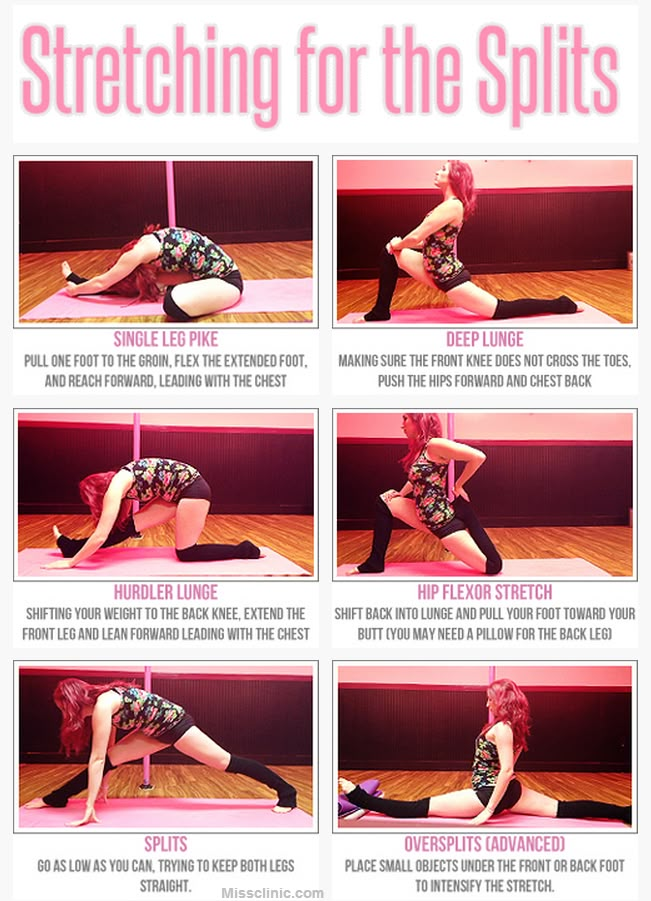 Secondly, for dance aerobics, you do not need to worry about the aesthetics and grace of movements - first of all, this is fitness, not dance. Thirdly, aerobics can also be practiced at home, since you do not need any additional equipment or special skills.
Secondly, for dance aerobics, you do not need to worry about the aesthetics and grace of movements - first of all, this is fitness, not dance. Thirdly, aerobics can also be practiced at home, since you do not need any additional equipment or special skills.
5. Step aerobics
Step aerobics is another very popular form of dance and sports variety. Step aerobics is loved all over the world, and its demand does not fall, even despite the regular emergence of new fitness areas (unlike, for example, the same aerobics, which has noticeably lost ground). Step aerobics is a set of choreographic movements on a special platform. This is not a dance in its purest form, but the set of chords here is quite difficult and requires multiple repetitions to memorize.
Why is step aerobics effective for weight loss? Firstly, by constantly stepping onto the platform, you will include the muscles of the buttocks and legs, thereby removing sagging and cellulite. Secondly, the intense pace and climbs to the platform very well provide a fat-burning pace throughout the session.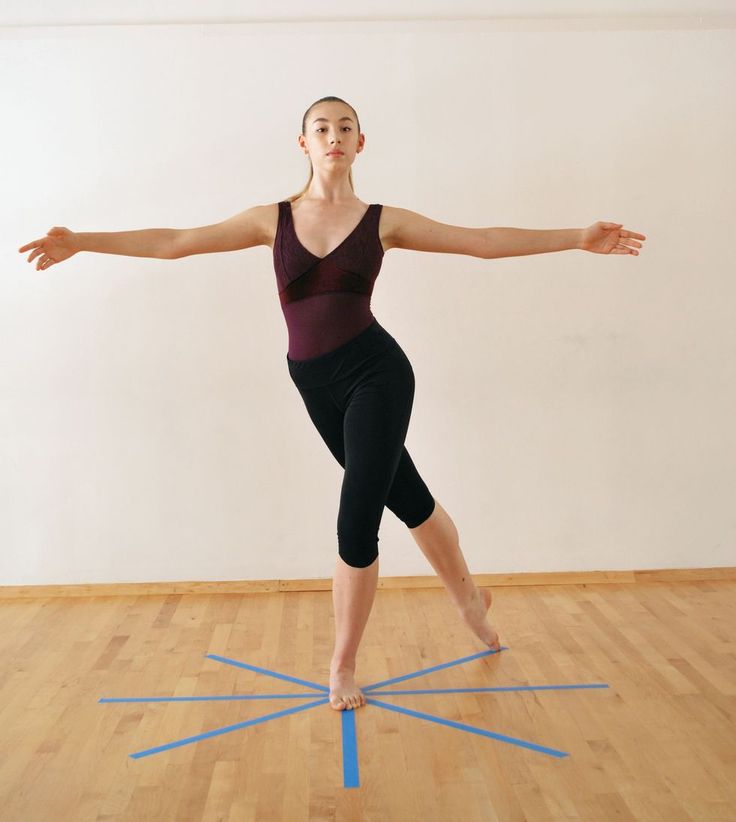 Step aerobics can also be practiced at home, but for this you will need to purchase a step platform.
Step aerobics can also be practiced at home, but for this you will need to purchase a step platform.
6. Twerk
If oriental dancing appeals to those who want to tighten their abdominal muscles, then twerk is a dance direction for creating “round buttocks”. And it is also a very sensual and even provocative dance, which is based on fast rotations of the pelvis. Twerk dance is quite young, it appeared in Puerto Rico at the end of 90s and became popular thanks to the performances of such top stars as Beyoncé, Rihanna and Miley Cyrus.
What are the benefits of twerking for weight loss? Firstly, this is a very fat-burning workout, in which the heart rate rises rapidly and calories are burned rapidly. Secondly, twerk movements help to qualitatively work out the most problematic female parts of the body: hips, buttocks, waist and stomach. Thirdly, such training improves blood circulation in the pelvic area, reducing menstrual cramps and alleviating symptoms associated with menopause.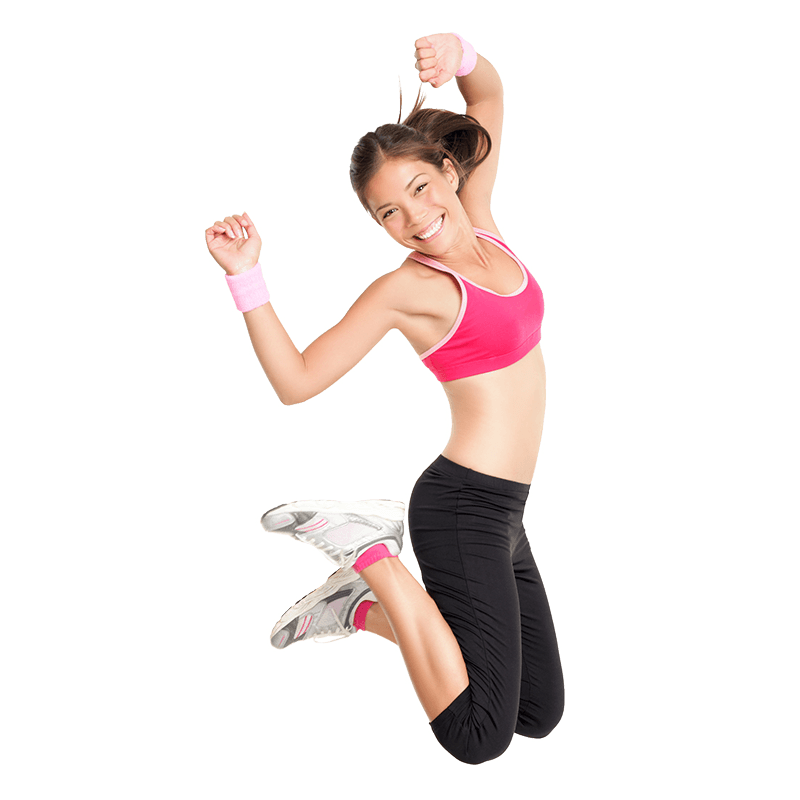
7. Latin dance
Group Latin dance classes are also very common in various dance clubs and fitness centers. Latin dances include movements and elements of choreography from such popular styles as salsa, merengue, bachata, rumba, chachacha, reggaeton, samba. Unlike Zumba, Latin dance classes are usually more authentic and closer to the original dance styles.
Among the advantages of Latin dance lessons, it is worth noting the following. Firstly, this is a variety of dance styles, thanks to which you can master the basic movements of the most popular South American dances. Secondly, Latin dances are very incendiary and fun, so you are guaranteed a positive workout. Thirdly, it is highly effective in terms of fat burning, since Latin dances are very energy-intensive.
8. Irish step
Irish step is a very special dance style that has captivated many people around the world. The peculiarity of the Irish dance or riverdance is clear and quick movements of the legs while maintaining the immobility of the body (like tap dancing). By the way, for riverdance it is not always necessary to purchase special shoes for the characteristic rhythmic sound of boots, since there is a category of Irish dances that is performed in soft shoes.
By the way, for riverdance it is not always necessary to purchase special shoes for the characteristic rhythmic sound of boots, since there is a category of Irish dances that is performed in soft shoes.
Why is Irish step useful? Firstly, it develops a great sense of rhythm, because you have to move strictly to the beat of the music. Secondly, riverdance is very useful in terms of developing concentration and attention - you will not only need to remember certain movements, but also perform difficult choreography at a very fast pace. Thirdly, you are provided with an excellent all-round load on the leg muscles. And fourthly, one cannot but agree that such a dance is very unusual and creative.
9. Pole dancing
If earlier pole dancing was associated only with performances in nightclubs and discos, now this dance direction is increasingly found in fitness halls as a sports class as part of group training. The main instrument of pole dancing is a fixed vertical pole. In order to perform even the simplest exercises with a pole, you need serious muscle strength and coordination, because at the same time as choreographic movements you must support your own body weight.
What are the benefits of pole dancing? Firstly, this is a pumping of the whole body, since such an acrobatic dance requires you to seriously prepare all muscle groups. Secondly, this is work on stretching and flexibility, because pole dancing involves splits and backbends. Thirdly, pole dancing is fantastically beautiful and sensual. This dance is mesmerizing and impressive.
10. Modern dance
Modern dance or modern is one of the most popular directions of dance art today. The movements of modern dance cannot be called structured and clear; rather, they are the prototype of free, fluid and abstract choreography. It is sometimes compared to classical ballet. But if in classical ballet the movement is airy and sublime, then in modern dance the choreography seems to land on the floor.
Why choose modern for training? Firstly, modern dance classes perfectly develop plasticity, grace, softness of movement, which is important for female attractiveness. Secondly, modern dance improves posture, straightens the spine, develops stretching and flexibility. Thirdly, like any other dance, modern dance is burning calories and toning the muscles of the whole body.
Also read:
- 0010
- How to get rid of the sides: 20 main rules + 20 best exercises
Dance workouts and weight loss - the perfect solution for beginners
Dance workouts keep you in good physical shape, relieve cramps, anxiety and depression. Dancing is shown to people of any age, although there are restrictions under which exercises are contraindicated.
Trial workout
10/22/2021 1828 0 5 min.
Physical activity is necessary at any age, but not everyone is ready to endure the same fitness loads.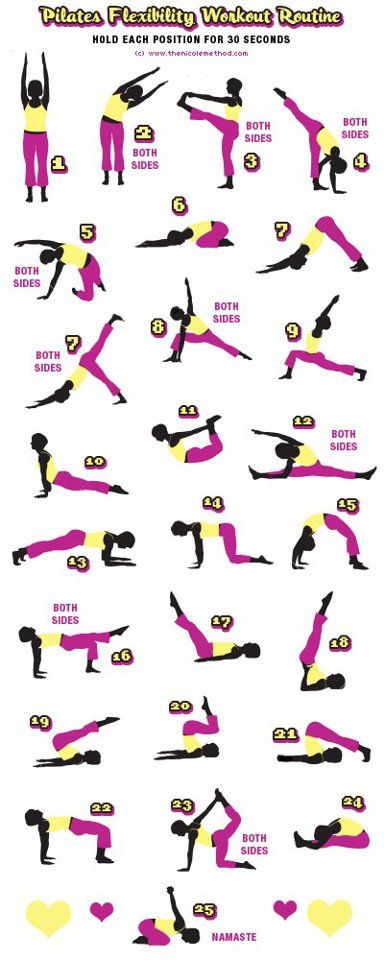 An alternative to sports training is intense classes inspired by various styles of dance. There are a large number of directions with different loads, so choosing the right type of dance training is not difficult.
An alternative to sports training is intense classes inspired by various styles of dance. There are a large number of directions with different loads, so choosing the right type of dance training is not difficult.
Dance training combines the features of various styles of dance, aerobics, and sometimes gymnastics. Rhythmic movements to music have the effect of cardio training.
Why dance training is needed and its effectiveness
Physical activity is the best prevention of age-related diseases, in particular dementia. Thanks to dancing, you can not only develop muscles, but also get rid of negative thoughts, that is, increase psychological well-being.
How to start dance training for beginners
Dance training is suitable even for those who have never been able to dance. The instructors do not set the main task of making you a dancer, it is not the utmost clarity of movements that is important here, but the general aerobic load, coupled with positive sensations.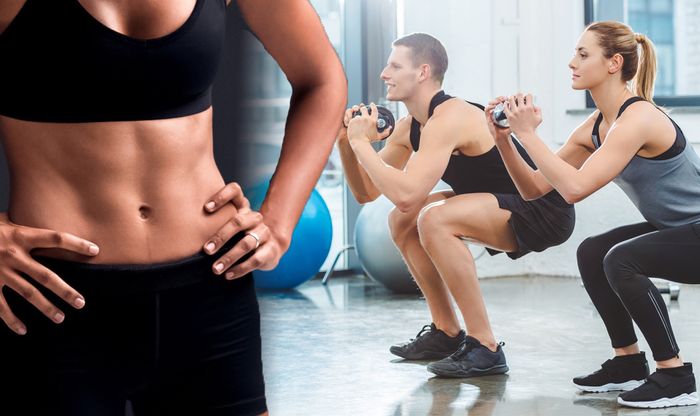 You can watch a video on the topic and work out at home or take a trial lesson at the fitness center to see if the rhythm and intensity of your workouts are right for you.
You can watch a video on the topic and work out at home or take a trial lesson at the fitness center to see if the rhythm and intensity of your workouts are right for you.
Dance equipment
For training, you will need comfortable aerobics clothing: trainers, sweatpants, top or T-shirt. The advantage of dance training is that you have to do it only with your own weight, without the use of additional equipment. The exception is pole dance, where you need a pole, but this type of training requires good physical shape and acrobatic skills.
Popular dance training for beginners
- Belly Dance
- Belly dance prepares the body for intense training, so you can start classes even in poor physical condition. Moreover, this is a gentle type of exercise, unlike running or aerobics, even pregnant women can do it. Training allows you to use the muscles of the abdomen, pelvis, arms, neck, back, legs, but the back of the thigh and buttocks are practically not worked out.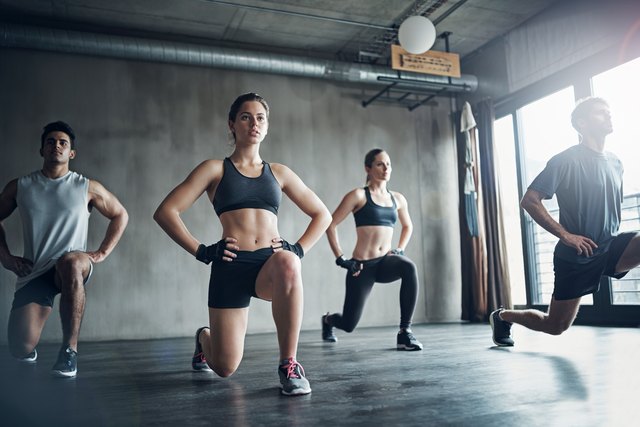
- Zumba
- Zumba combines the features of samba, belly dance, hip-hop. Zumba is easy to master for people of any age, since all movements are simple and understandable. Thanks to a variety of combinations, training does not have time to get bored. Suitable for those who are close to African and Latin directions. In terms of effectiveness, training is equated to classes on a treadmill. Exercises work out all muscle groups, especially the abs, back, legs. - Salsa Solo
- This dance workout is based on the impulsive and spectacular salsa dance. During classes, stretching improves and the hips are actively worked out, since this dance is distinguished by rhythmic and clear movements. The load is distributed evenly, so after class you feel only a slight, pleasant fatigue. The main load falls on the legs, lower back, shoulders. Salsa can be practiced not only in pairs, but also solo. - Latina Dance
- A kind of dance aerobics training.Includes several types of dances - Latin American, ballroom, merengue, as well as salsa and bachata. Training involves not only physical activity, but also emotional relaxation, expressed with the help of bright movements to beautiful and dynamic music.
- Ladies Dance
- This dance direction also consists of several types of dance - ballroom, oriental, Latin American, as well as strip plastics, ballet and others. Sometimes, training can be combined with aerobics. Ladys Dance training will give you not only a flexible, plastic, beautiful body, but also energy and drive. - Fusion Dance
- Fusion dance training is more emotional and aggressive than many other directions. This is facilitated by powerful, clear, broken movements during the lesson, and specific musical accompaniment. Here you will learn to control your body, memorize new unusual movements and feel the rhythm. Fusion dance classes also contribute to mental activity.
- Dance Mix
- Modern dance direction and mixed training at the same time. May also include several dance styles, such as wog, waking, hip-hop, house and others. It develops coordination and plasticity of movements, improves health, normalizes the work of the heart and blood supply.
Reasons to start dancing
Although dancing is less tiring than sports, it is as effective as swimming, running or cycling. In addition, dancing develops mental abilities, since the brain is in constant tone due to the need to memorize new movements.
What effect do the exercises have:
- Improve the functioning of the cardiovascular and respiratory systems, the condition of the musculoskeletal system. They contribute to the saturation of blood with oxygen, relieve muscle clamps and are the prevention of arthritis.
- Helps to effectively burn calories and reduce weight, cleanse blood vessels from "bad" cholesterol.
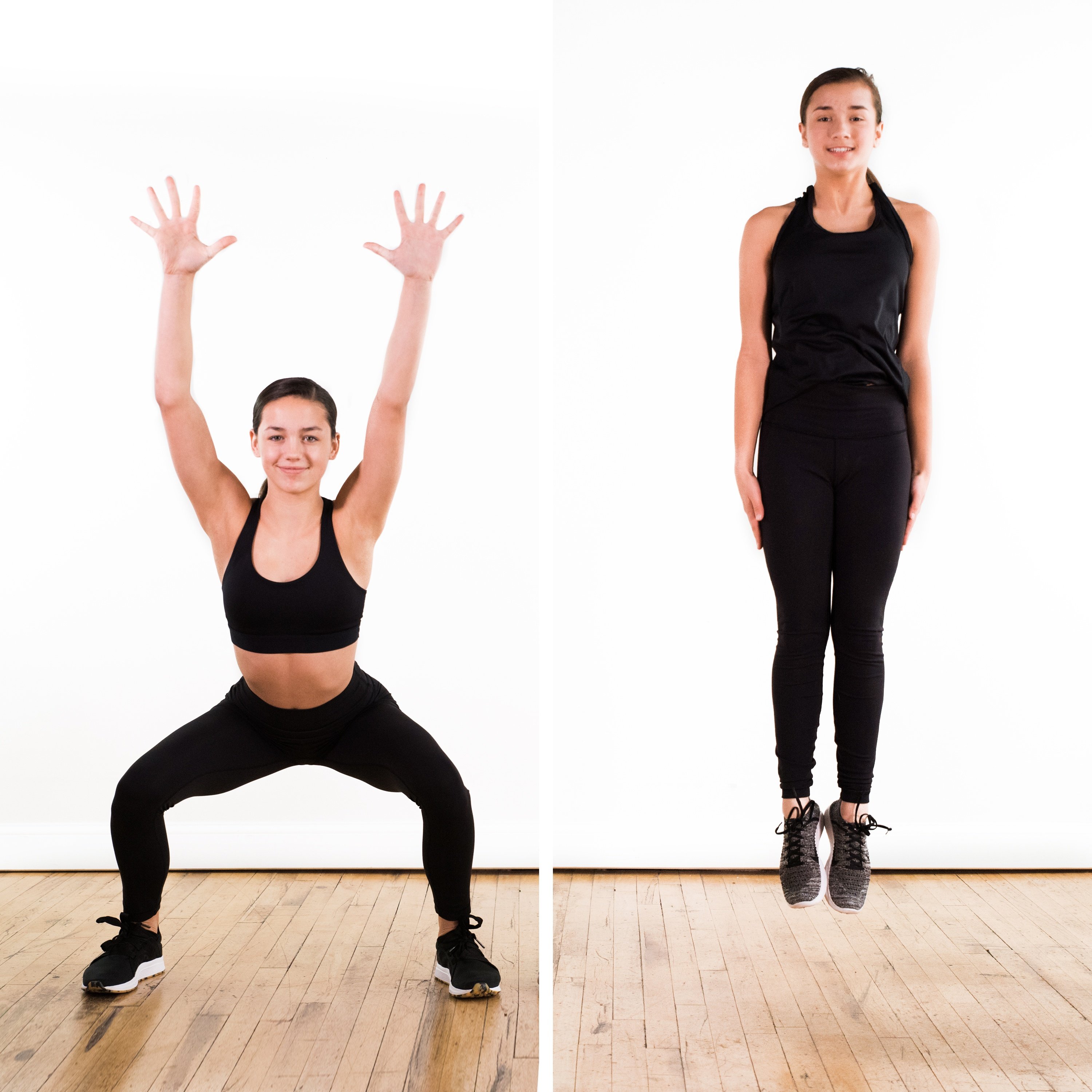 They increase endurance, responsiveness, flexibility, coordination through a combination of low and high intensity loads.
They increase endurance, responsiveness, flexibility, coordination through a combination of low and high intensity loads. - Relieve stress, as endorphins are produced during training. Classes in groups contribute to the establishment of new social bonds, and friendship acts as an anti-stress therapy. Develop grace and allow you to accept your body.
Thanks to dancing, people learn to control their bodies, which allows them to avoid injuries in everyday life. After classes, the posture is leveled, dizziness disappears, the pains that haunt those who work sitting for a long time go away. In addition, training in groups is liberation, new acquaintances and communication with like-minded people.
Conclusions and recommendations for dancing
Training is necessary at any age, because only activity helps to maintain optimal physical fitness. It has been established that dancing is shown to people suffering from anxiety disorders and depressive states.